Lost To The Lake: The Story of the Island Queen
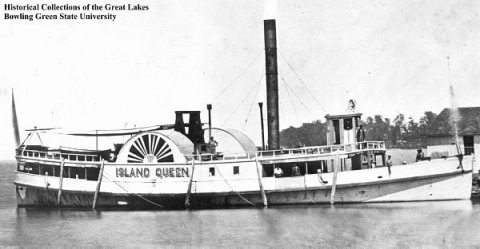
Steamship Island Queen
photo: Historical Collections of the Great Lakes - Bowling Green State University
The Island Queen's story starts with laying of her keel in July of 1854 on Kellys Island in Lake Erie near Sandusky, Ohio. She was to replace the steamer Islander, which had served western Lake Erie and provided transportation to the mainland for the residents of Kellys Island for eight years. The keel was 110 ft. long and made from oak grown on the island. Her beam was 18 ft and she was designed as a side-wheel paddlewheeler of 149 gross tons. In January of 1855, during a mid-winter thaw, she was towed to Sandusky for the installation of her wood burning boiler and steam engine at the firm of N. G. Olds & Company. The crosshead or A-frame style steam engine was a modified design of Robert Fulton's first successful steamboat engine, a type popular in many early 19th century side-wheelers. The steam engine itself was recycled from the steamboat Lake Erie, also known as "Little" Erie, that had burned at Detroit in 1844. Island Queen's first cruise came in the spring of 1855 and her Captain, George W. Orr, was pleased to see that she easily cruised at 10 mph.

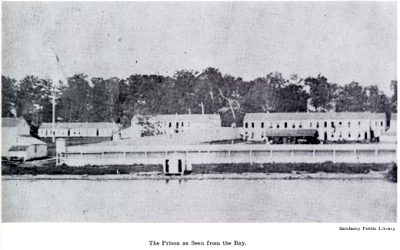
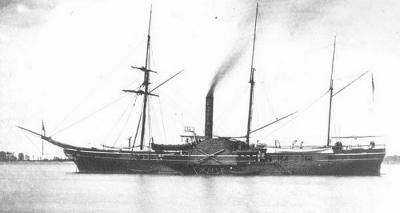
Cole went to Sandusky in August, presented himself as an executive of an oil company, and befriended several officers from the USS Michigan and the Johnson's Island prison staff by lavishly wining and dining them. He spent a considerable sum of money on the task and was sometimes accompanied by his exceptionally charming "wife" who was actually a prostitute with Confederate sympathies. The plan was to arrange a dinner for the officers aboard the Michigan, drug the wine to incapacitate them, and then take over the ship with compatriots who would board from another ship. They would then take the ship to the Johnson's Island prison, where Cole had succeeded in secretly placing ten Confederate soldiers among the guards on the island. The prisoners would be freed and form an army lead by General Isaac Trimble, the highest ranking officer held on the island. The whole plan hinged upon Cole drugging the officers, sending a signal to the raiders on the ship commandeered by Beall and the successful takeover of the Michigan.
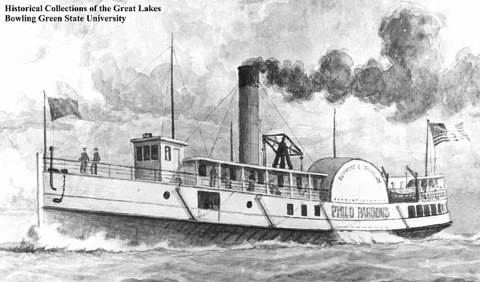
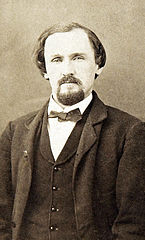
George Orr resigned as captain of the Island Queen in 1865, due to ill health, and she was sold in August 1866 to serve in the Detroit River making trips between Detroit and points in Ontario, Canada. Her help to other mariners continued: In November of 1871 the Island Queen was reported to have pulled the Mountaineer off when the schooner ran aground on one of the islands in the Detroit River. In July of 1874 she was reported to have broken her steam engine crosshead. Island Queen was stripped of her boiler, steam engine and cabins in the summer of 1875, and her hull was made into a barge. The last published report of the barge indicated that Island Queen had arrived at Detroit in tow during the first week of December 1875 with a load of lumber from Bay City, Michigan. Sadly, one of the other three tow-barges, Waurecan, broke loose and was driven on a reef off Point Au Barques in Lake Huron. Several of the crew had their feet amputated due to damage from the freezing water, including the wife of the captain.
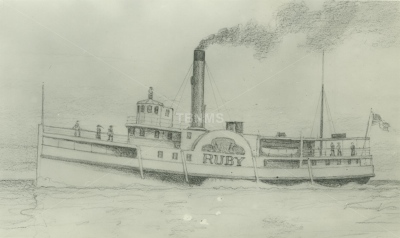
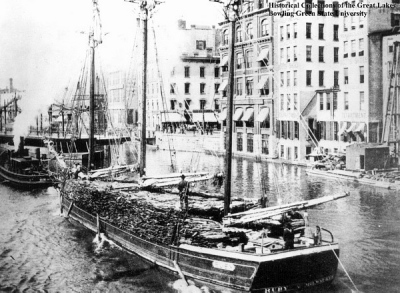
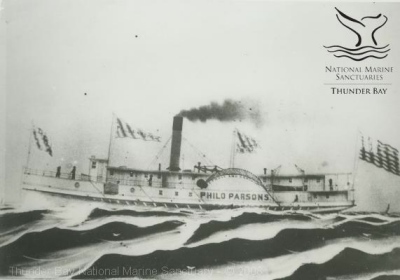
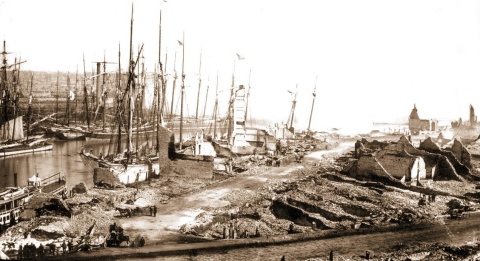
Sharon Pisacreta (June 2014)
Resources for Island Queen, Philo Parsons, USS MIchigan and the Confederate Plot:
Leslie Korenko, Kelleys Island 1862-1865 Civil War, the Island Soldiers, & the Island Queen
Wharton Jackson Greene, Johnson Island Prison: An Original Compilation With Photos From The American Civil War
David R. Bush, I Fear I Shall Never Leave This Island: Life in a Civil War Prison
Jim Murphy, The Great Fire
Island Queen at Kellys Island Historical Association
USS Michigan at Wikipedia.org
John Yates Beall at Wikipedia.org
The Execution of John Yates Beall at Correction History
Johnson's Island
Philo Parsons at Great Lakes Vessels Online Index
Ruby at Great Lakes Vessels Online Index
Little Erie at Maritime History of the Great Lakes